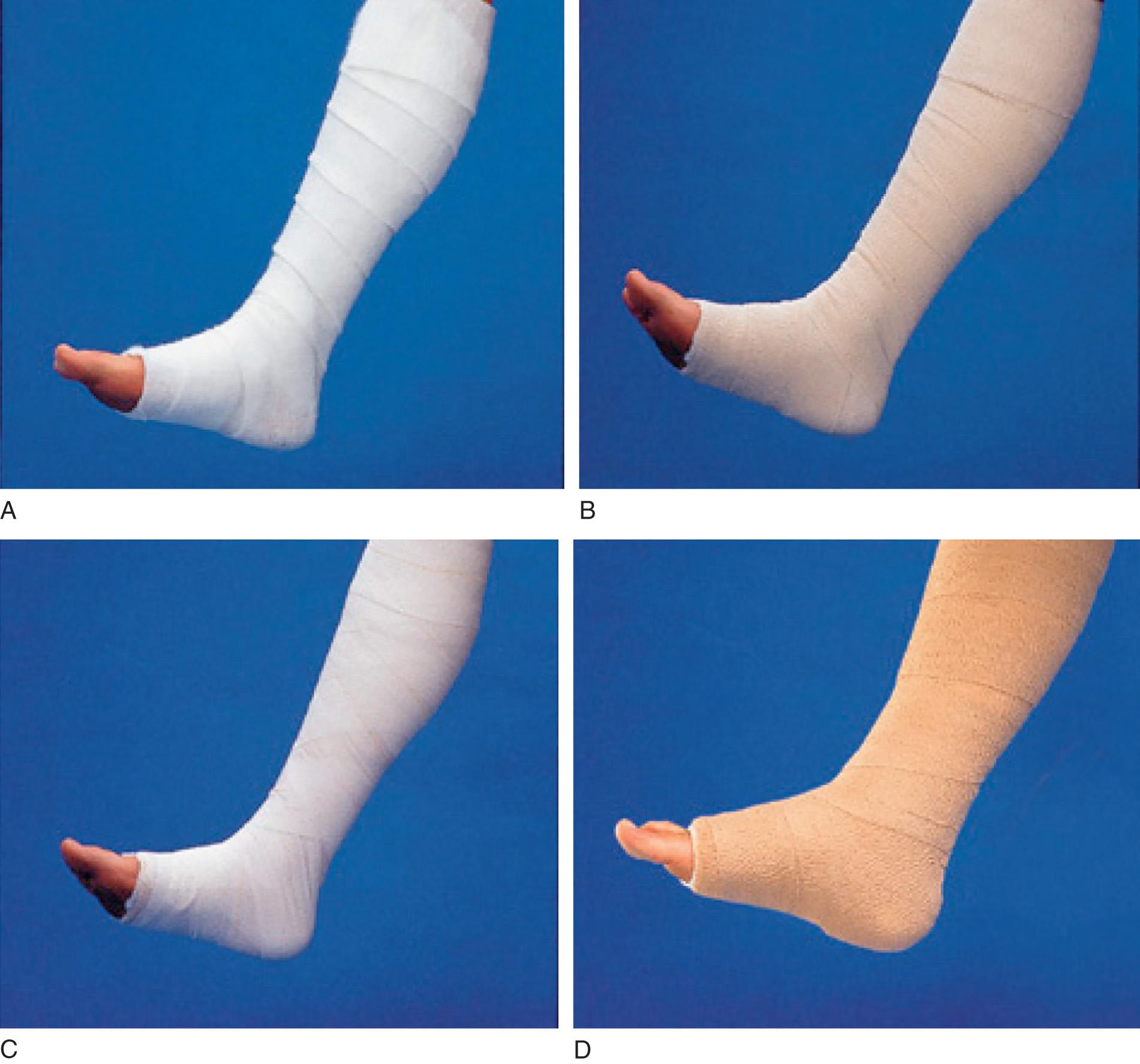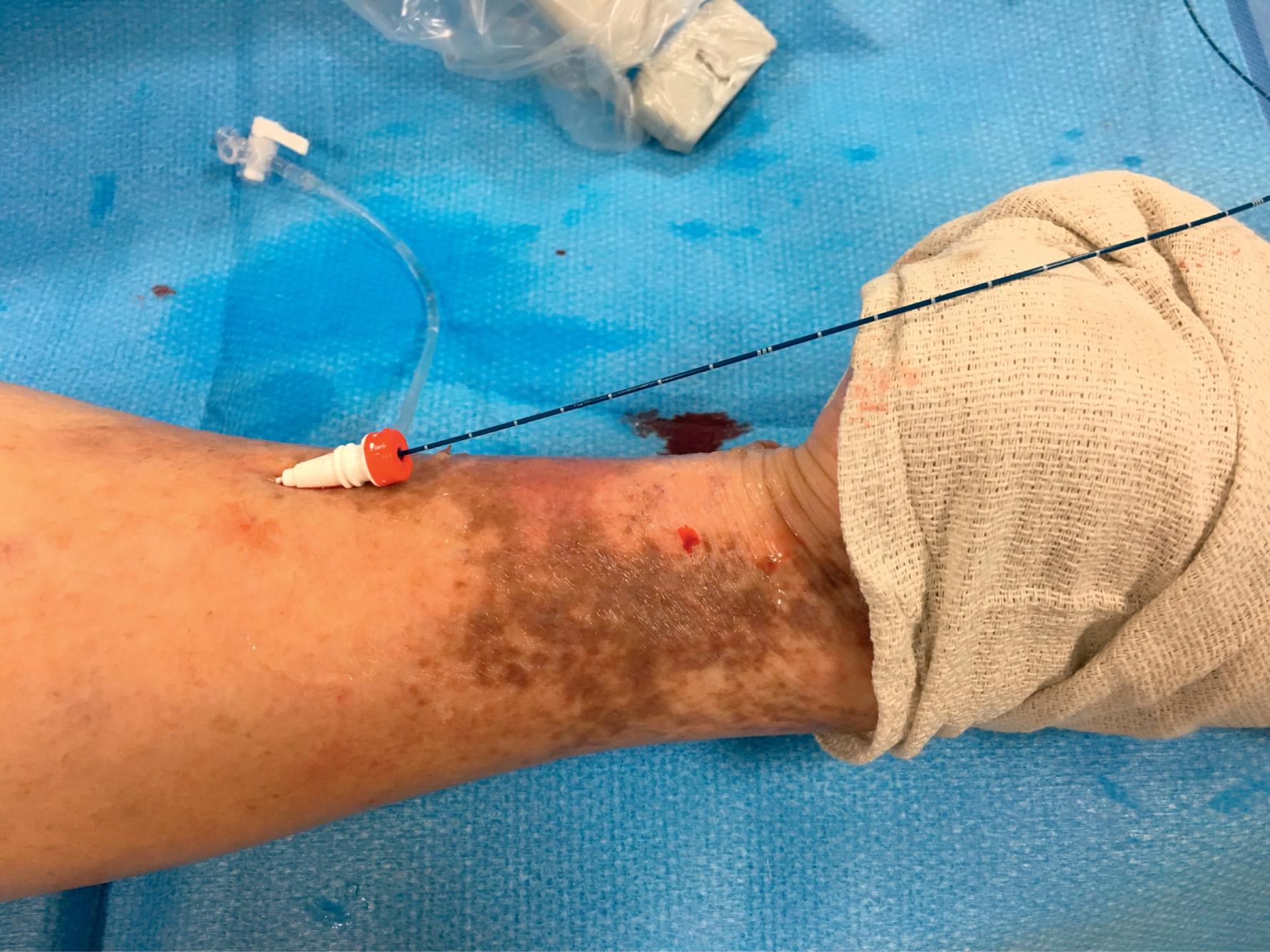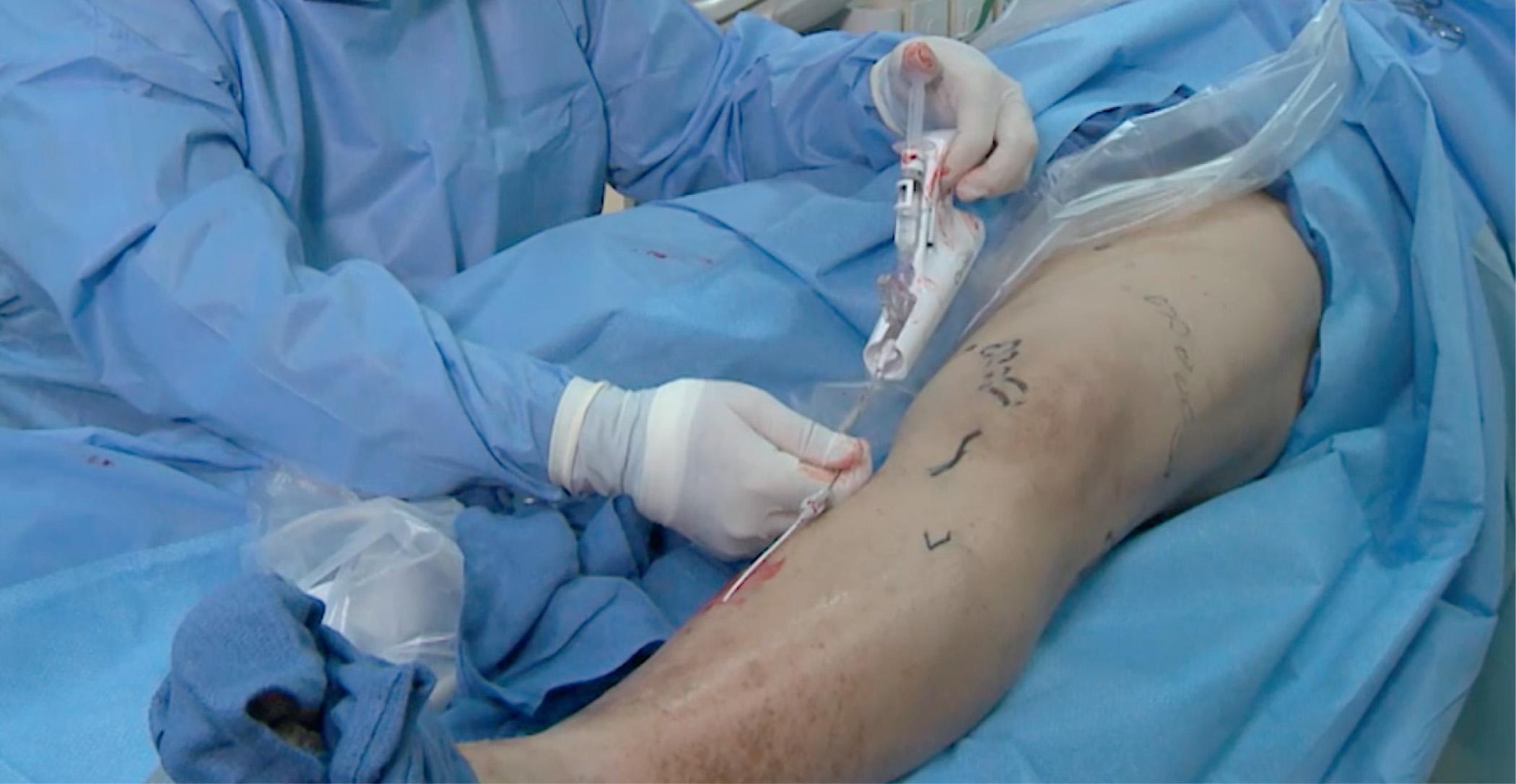Physical Address
304 North Cardinal St.
Dorchester Center, MA 02124
Venous leg ulcers (VLUs) are an important medical problem. The chronic and recurrent nature of VLUs causes morbidity, severely reduces patient quality of life, and increases costs placed on health care systems. Standard care supported by evidence includes compression therapy and the use of adjunctive agents, which have been shown to accelerate healing, improve patient quality of life, and likely reduce health care costs.
The American Venous Forum and Society for Vascular Surgery published treatment guidelines for venous leg ulcers in 2014. These comprehensive practice guidelines include recommendations on therapy to prevent ulceration, therapies to heal VLUs, and to prevent recurrent ulceration. Nonhealing venous ulcers are typically characterized by uncontrolled inflammation generated by venous hypertension, bacterial colonization of the wound, and excessive wound exudate, containing high concentrations of proteases and inflammatory cytokines. Elimination of this inflammation, control of bacterial load and exudate must all be achieved to initiate healing of the chronic ulcer. Control of underlying venous hypertension can be achieved with either sustained, high-strength compression or intervention to eliminate venous insufficiency. The other components of venous ulcer care must be continued after achieving control of venous hypertension to achieve reliable ulcer healing.
Sustained high-strength compression of the limb remains the basis of treatment for venous leg ulcers. Compression must be initiated before other therapies and throughout the treatment course to attain healing. Adjuvant therapies will uniformly fail if limb compression is not maintained during treatment in an ambulatory patient. It is important to understand that multiple methods of compression may be necessary to treat patients of varying types. Multilayered compression bandaging, Unna's boot, compression stockings, inelastic compression garments, and intermittent pneumatic compression are all useful methods for achieving compression and should be used when they are the best option for the patient. Multilayer compression systems, incorporating absorptive padding layers and 2 to 3 layers of compression, are able to absorb excess wound exudate and eliminate edema and are a good choice for large wounds with heavy exudative drainage ( Fig. 20.1 ).

Using high-strength sustained compression, 60% to 70% of venous ulcers will heal in 3 to 4 months of treatment. Larger wounds, those of long duration before treatment, and wounds in men are slower to heal. Those responding slowly to compression therapy should be considered for venous intervention.
Based on a review of the literature, there is significant support for performing intervention to control saphenous reflux in patients with venous ulcers, particularly to prevent recurrent ulceration. Barwell et al. performed a randomized study comparing the efficacy of saphenous stripping plus compression with compression alone for the healing and prevention of venous leg ulcers in patients with superficial venous reflux. Although there was no difference in the healing rate between the two groups, significantly fewer patients in the surgery group experienced recurrent ulceration (15%) compared with the compression-only group (34%) at 1-year follow-up.
When performing ablation of the great or small saphenous vein for ulceration, several key principles should be considered. The saphenous vein should be mapped with ultrasound before ablation to follow the venous path bringing venous hypertension to the ulcer bed, with the goal of eliminating this entire pathway. In some cases, the great saphenous vein will be enlarged all the way down to and under the ulcer bed. In this case, the saphenous vein should be accessed as low as possible in the leg, close to the area of ulceration rather than performing access higher in the leg ( Fig. 20.2 ). If the enlarged saphenous vein gives off large branches to varicosities in the upper calf and then is normal below the large branches, it should be accessed at the location where the large branches come off to ablate from the saphenofemoral to this location. The large varicose channels down to the ulcer bed should also be eliminated. In a study of ulcer healing and recurrence after endovenous thermal ablation (EVTA) in C6 patients, limbs in which phlebectomy of varicose veins was performed along with EVTA experienced significantly lower ulcer recurrence than those treated with EVTA alone. There is also limited evidence supporting the removal of varicose channels extending into the ulcer bed to eliminate the final channel of venous hypertension extending into the area of ulceration. This may be done surgically or with sclerotherapy.

Methods of saphenous ablation in retrograde fashion have been reported using the mechanochemical method (MOCA), allowing catheter passage under the ulcer bed to ablate the incompetent vein all the way to the wound while avoiding access in compromised, scarred periulcer skin ( Fig. 20.3 ).

Become a Clinical Tree membership for Full access and enjoy Unlimited articles
If you are a member. Log in here